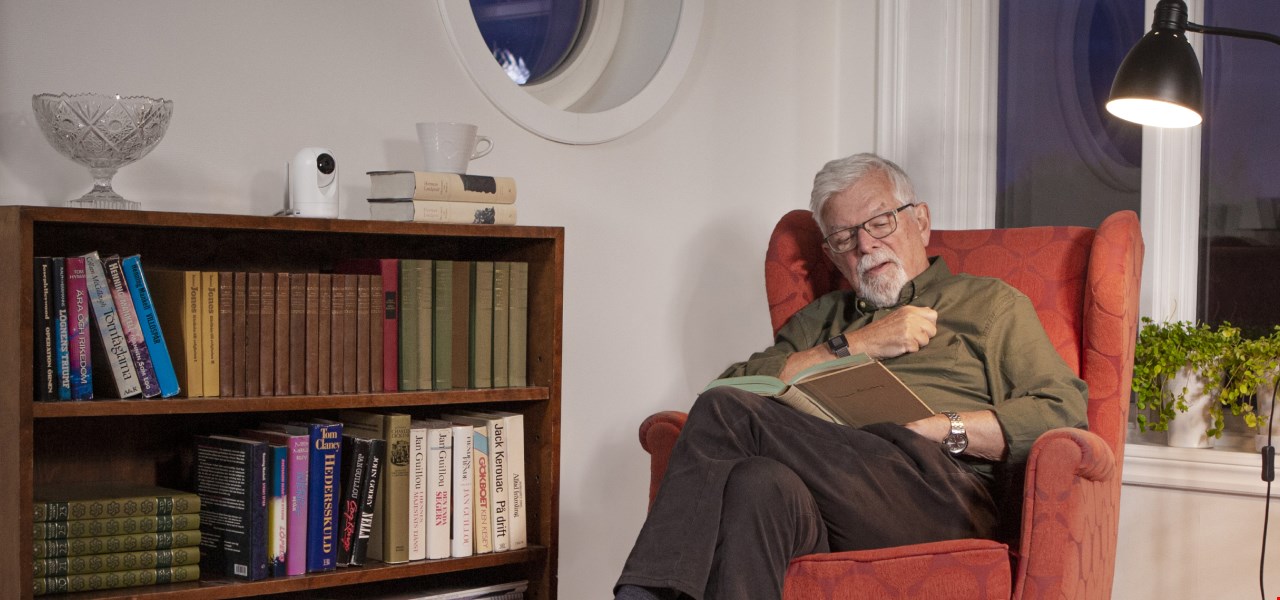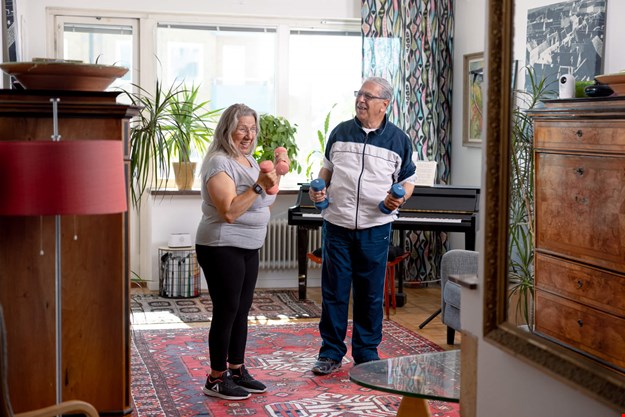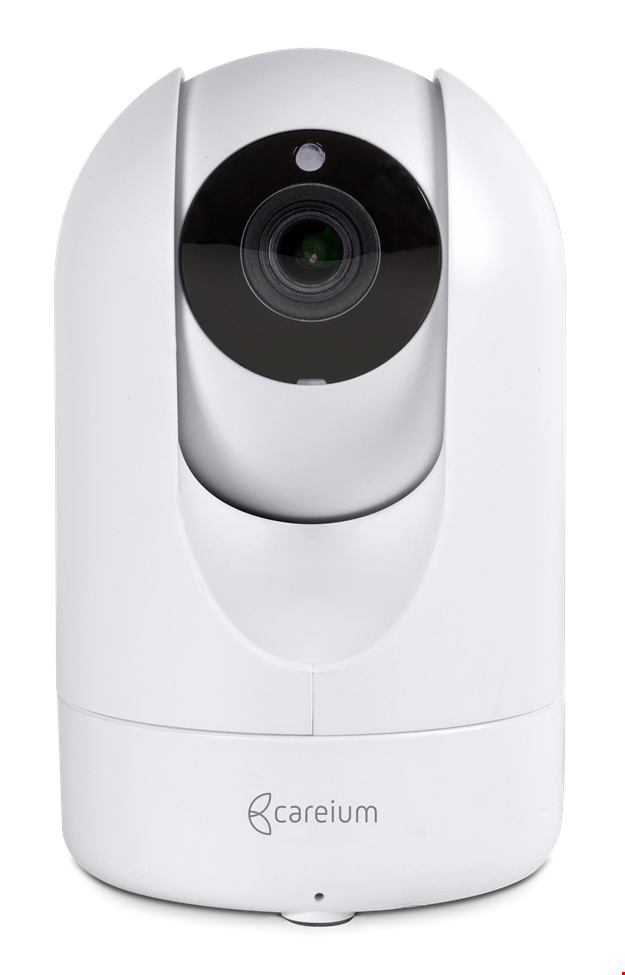-
Country
-
Search

More and more elderly people want to age safely in their own homes, and home care plays a crucial role in this respect. Like many other local authorities in Norway, Rana Municipality faces the major challenges of long distances and difficulties recruiting staff. Remote monitoring in combination with other social alarms have proven to be a solution for allocating staff time in the best possible way, without compromising the safety of service users.
Rana Municipality has been using several different types of social alarms for a long time, so that seniors who choose to live at home have the reassurance of knowing that they can get help if something should happen. But it has been stressful for home care staff when they have had to travel long distances unnecessarily because alarms have been triggered accidentally. In order to make life easier for staff, Rana Municipality has implemented remote monitoring in the service users’ homes more extensively. Ken Mathisen works as a technology enabled care adviser at Rana Municipality and has been involved since they started using remote monitoring with Careium’s Visit camera.
“A person with dementia may trigger a motion alarm by getting out of bed. Even if they simply lie down again, before we started using Visit, this would have resulted in possibly one hour’s unnecessary driving, only to discover that nothing had happened. Now if the person who triggered the alarm has Visit, staff will be able simply to pull over to the side of the road and check that everything’s OK via their mobile.”
Ken is keen to emphasise that the municipality’s choice to use remote monitoring is not about saving money – it is about saving time, and allocating time and workload more sustainably. Visit enables staff to more easily transfer resources to where help is actually needed. It also saves fuel and reduces the risk of unsafe driving at night. While Visit is mainly used in connection with alarms, it has also been used to monitor people at the end of their lives. Ken admits that many people were sceptical when Rana Municipality started the work of implementing Visit.

“It felt strange in many ways to exchange conventional home visits for a camera, especially for end-of-life care,” Ken reports. “Many people want to die in their own home, and sadly we’re not always able to have someone sitting by their beside around the clock. Nevertheless, Visit has proved to be a popular alternative with patients and relatives.”
The use of Visit has been highly successful in the municipality, even among those who were initially sceptical. Ken is convinced that one of the main reasons it has worked so well is all the time they spent introducing Visit at the start. The goal was for all patients and relatives to be well-informed about the reasons for using remote monitoring.
“We wanted everyone involved to completely understand what Visit entails and that it is an entirely normal part of the services we offer. We didn't want anyone to visit their parent’s home and wonder why there was suddenly a camera in the bedroom. It should always be clear that we’re not trying to replace all physical services with technology – this about making our services better for everyone. If you don't want Visit, we’ll always do our best to find another solution.”
Rana Municipality is also starting to use Visit to make it easier for people with mental health issues to take their medication. For people who dislike home visits or who pose a risk to staff, remote supervision may be a better way to ensure that the service user is taking their medication. This is something that Rana Municipality and Ken believe will be used more widely in the future.
There are many potential ways of using welfare technology and Ken believes that it will be used more and more to make caring for the elderly easier and more efficient, and to create security for both staff and service users.

Don't rush! Take the time to explain what Visit is and the benefits of using it.
Fully inform the service user and their relatives about Visit.
Provide training and support for everyone who will be working with Visit professionally.
Personalise! Consider whether there is a need to combine Visit with other types of alarm.